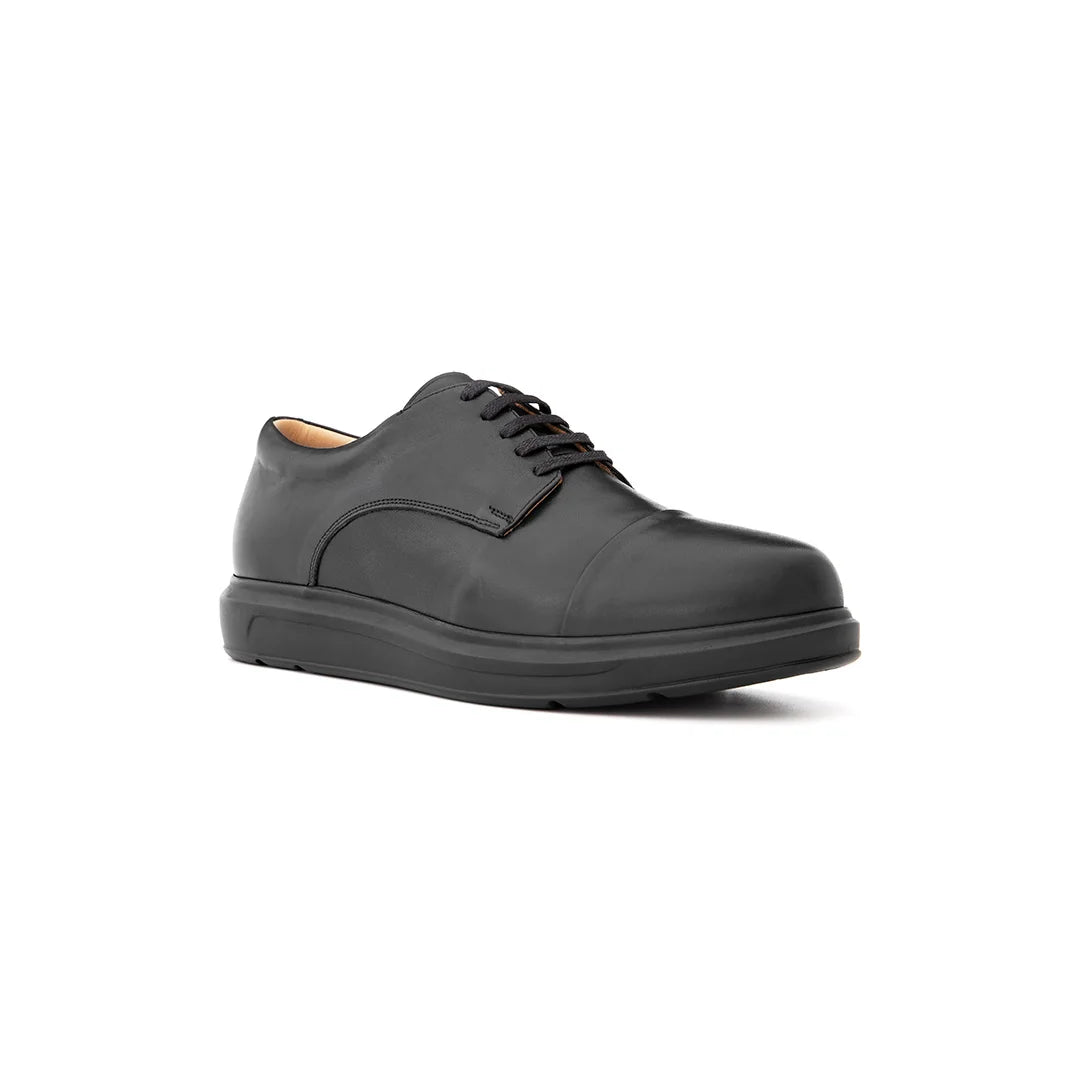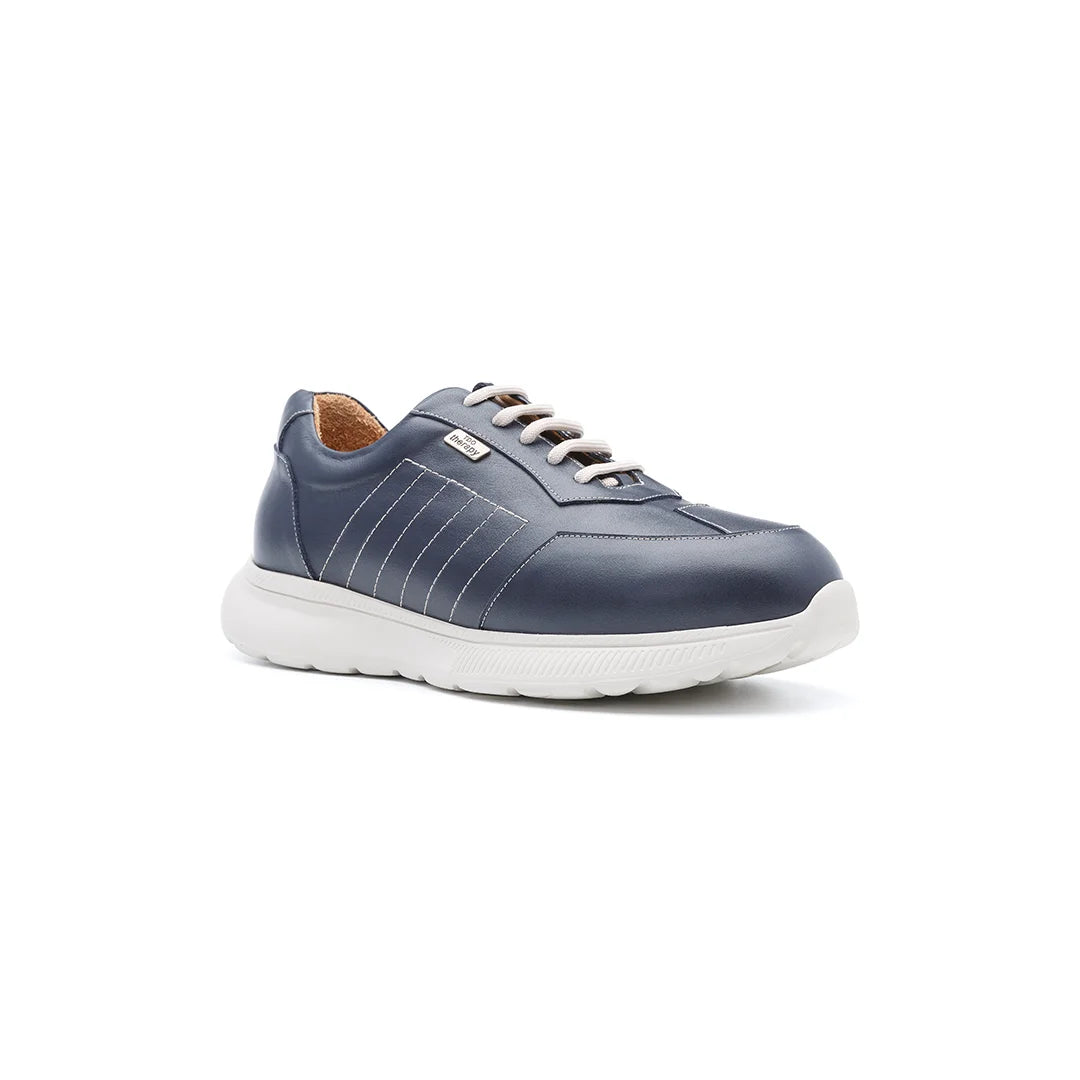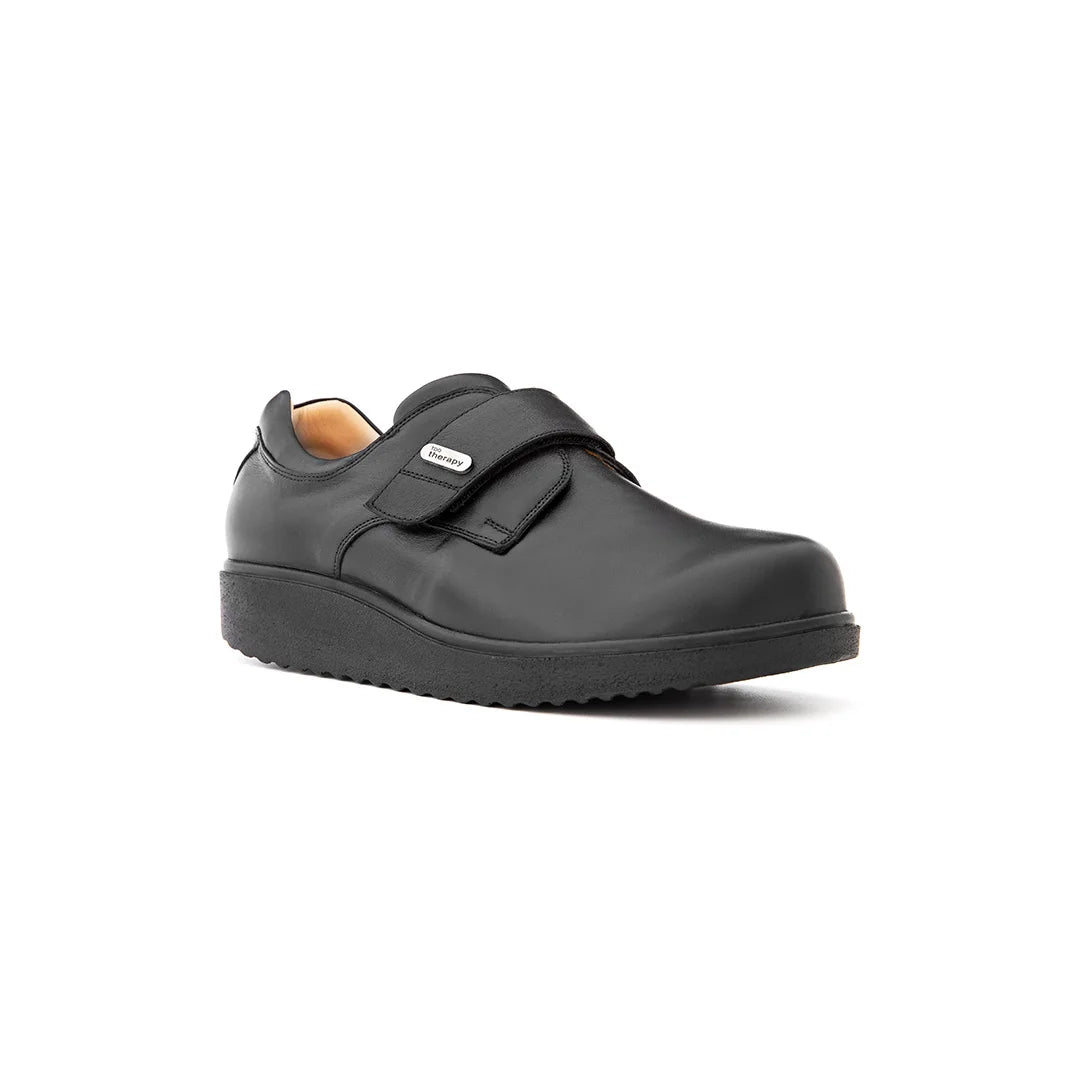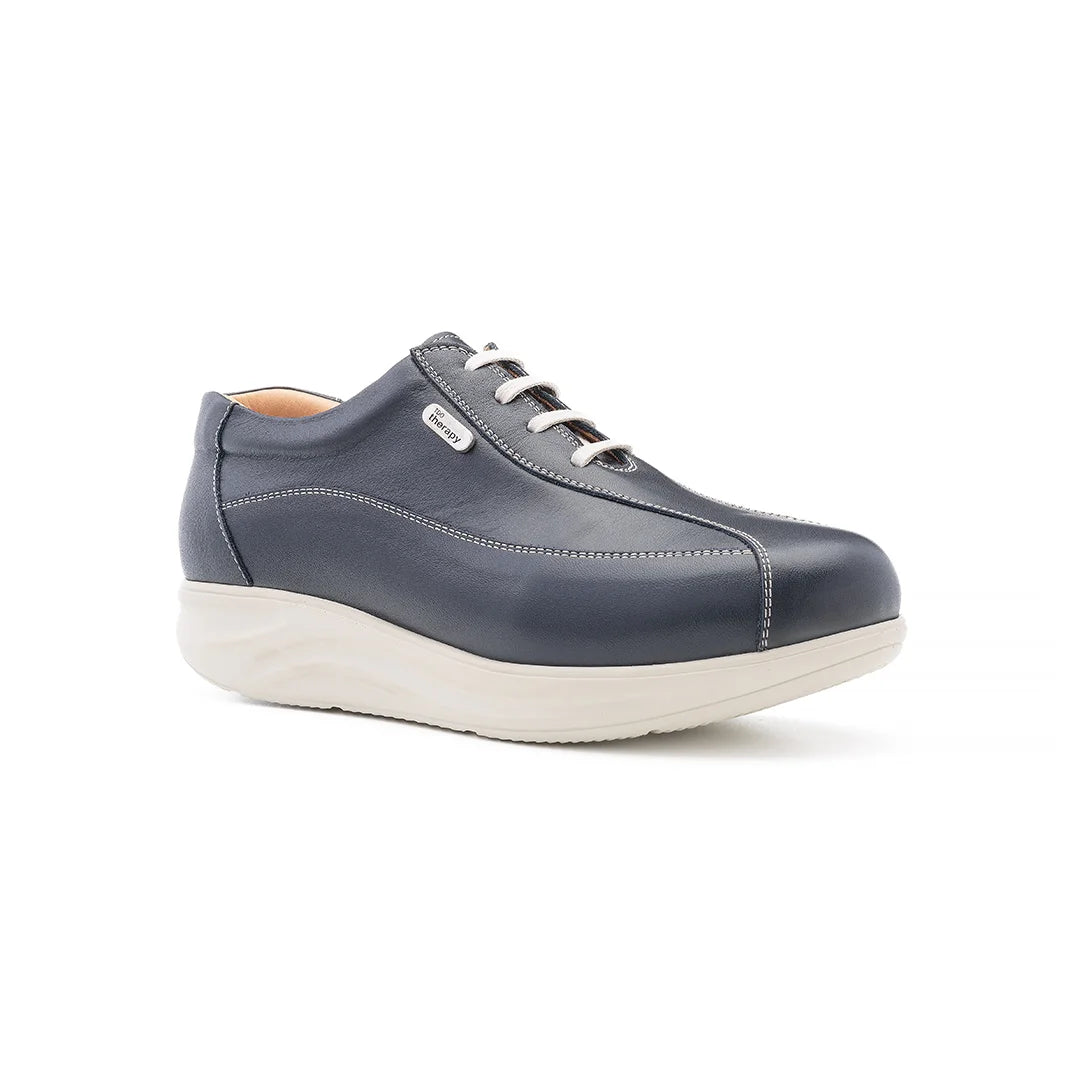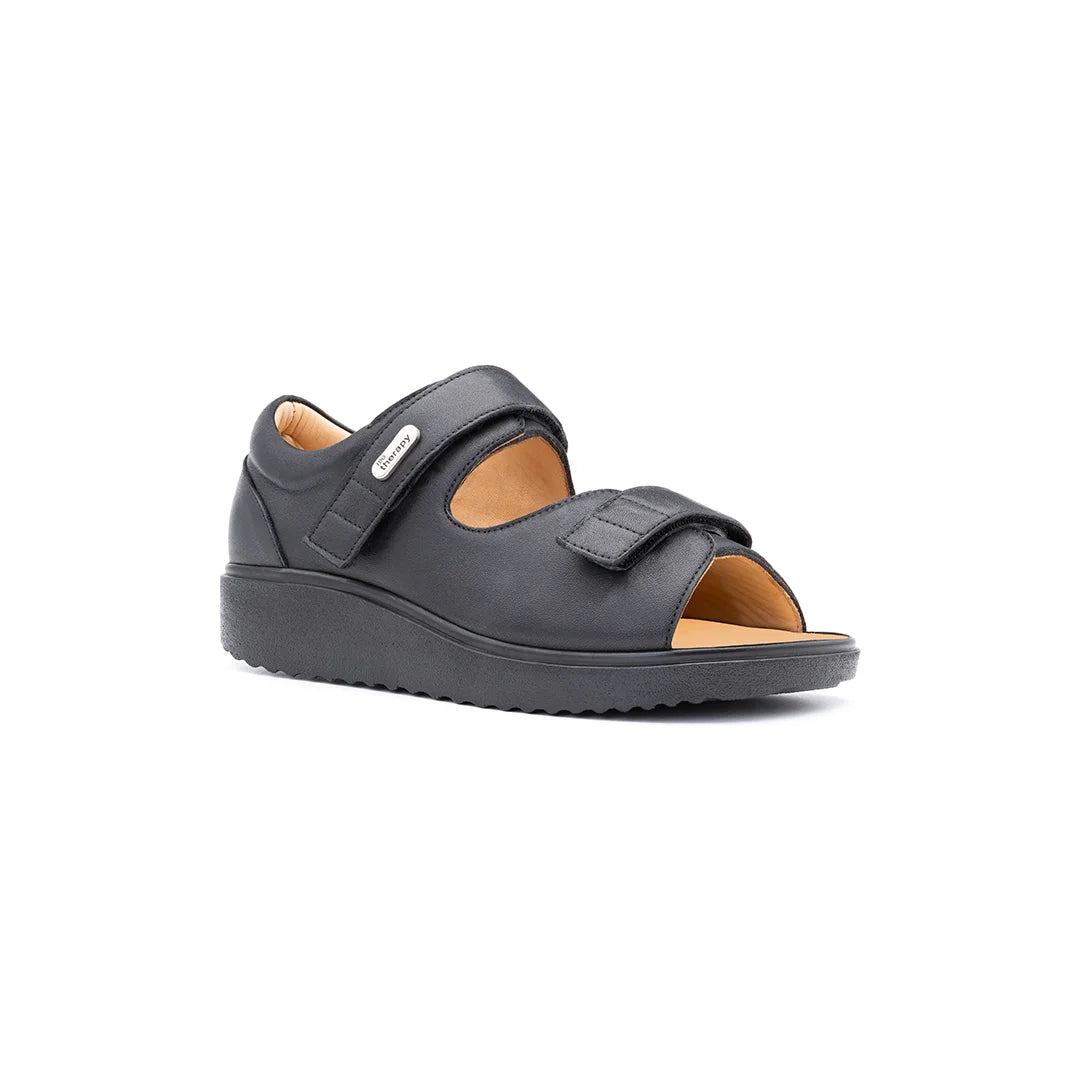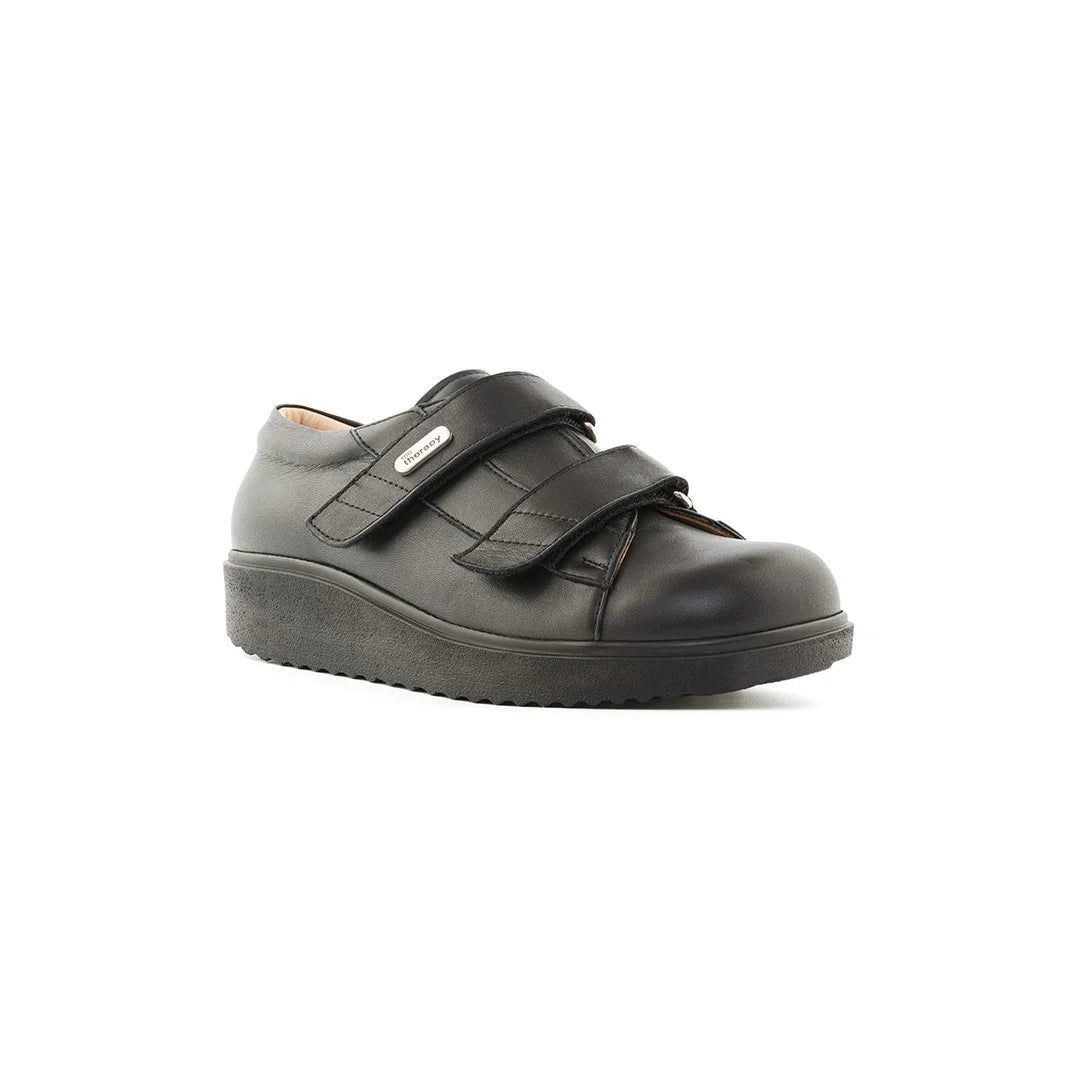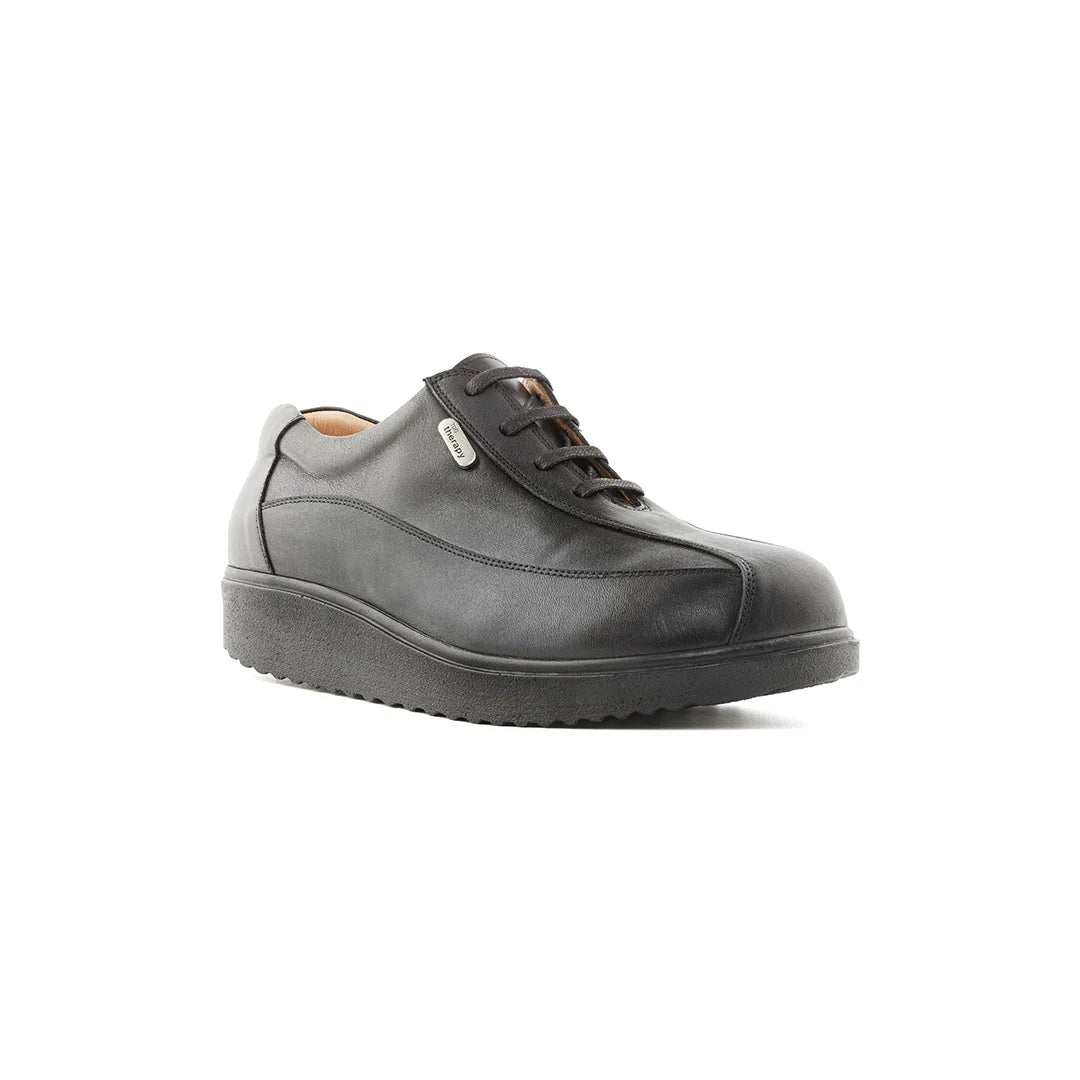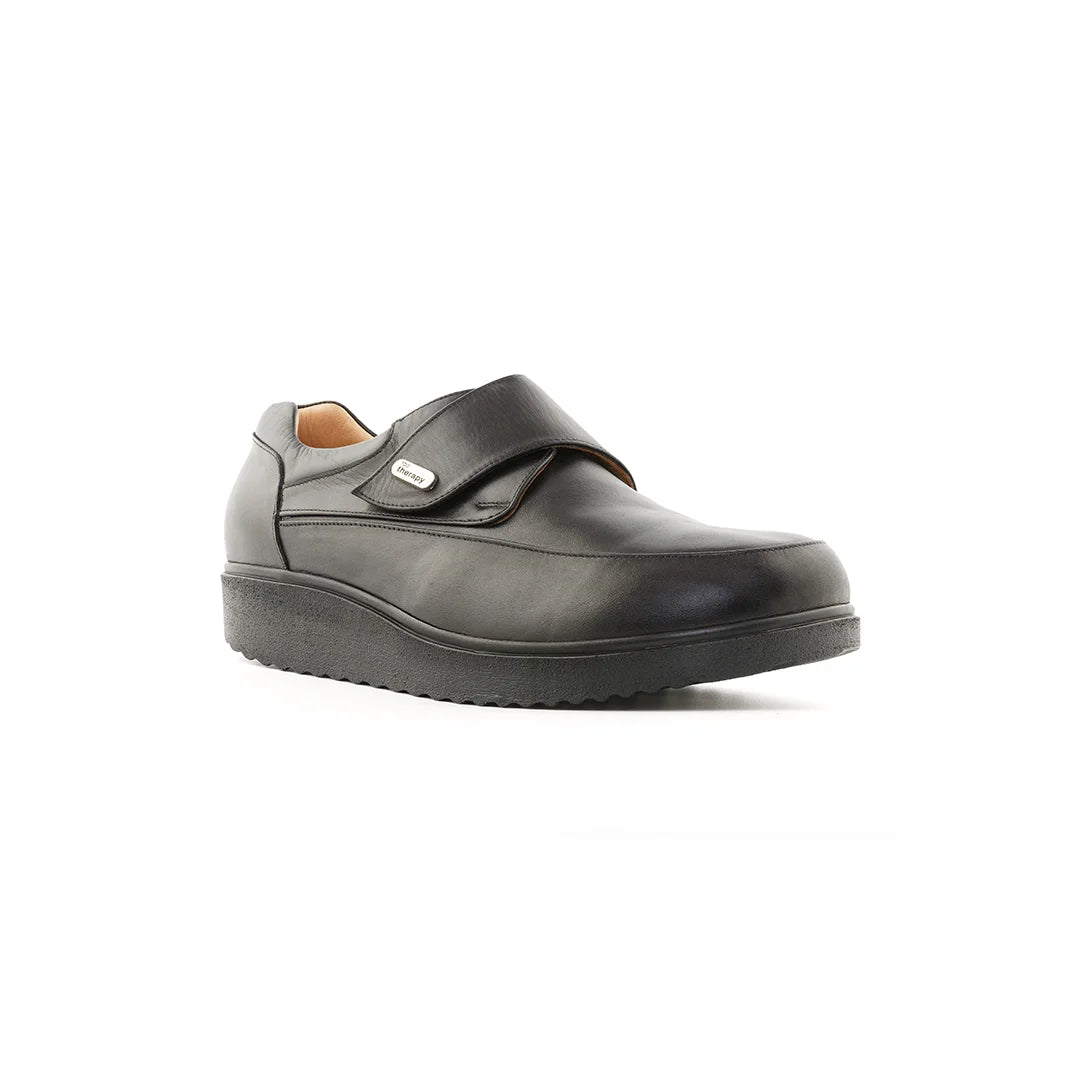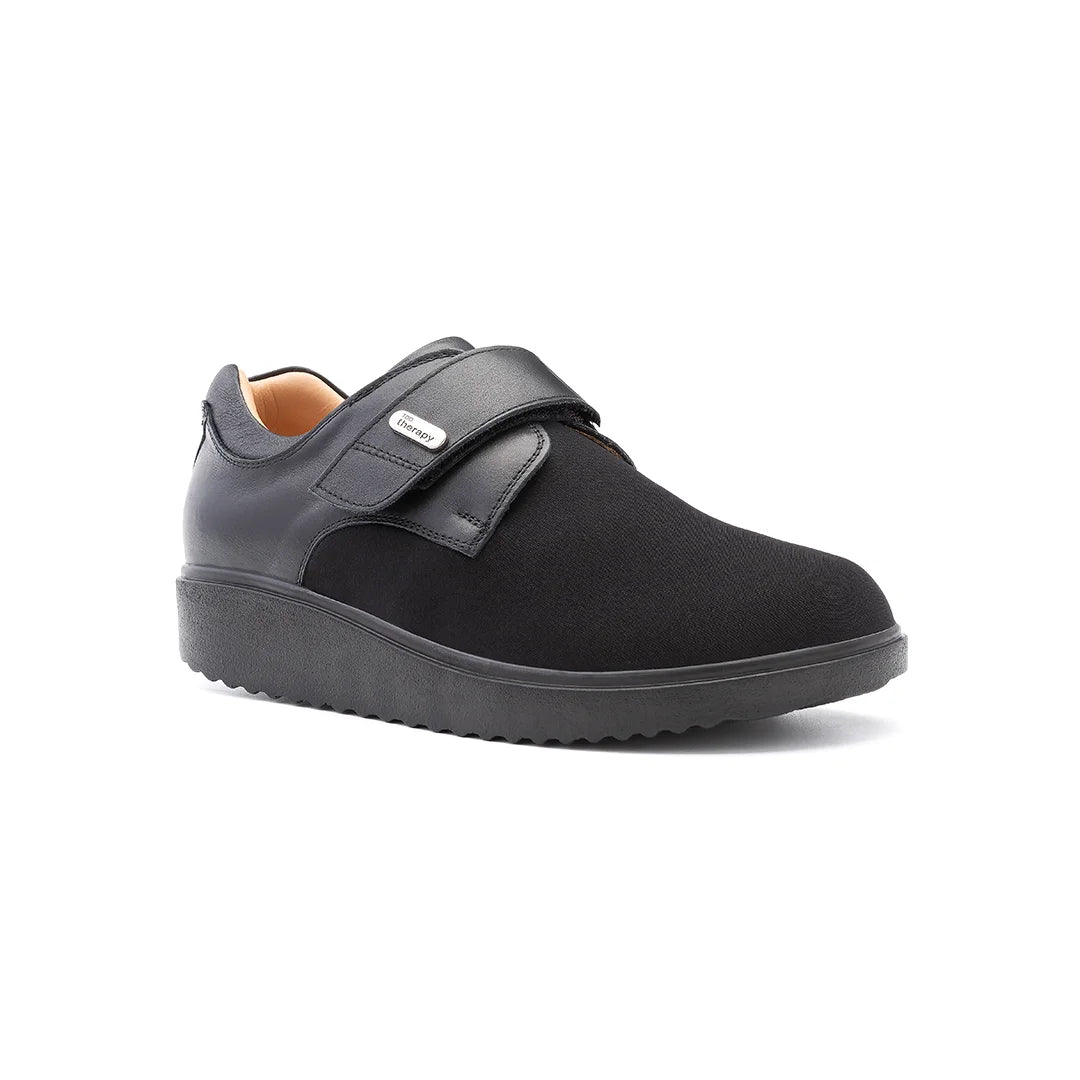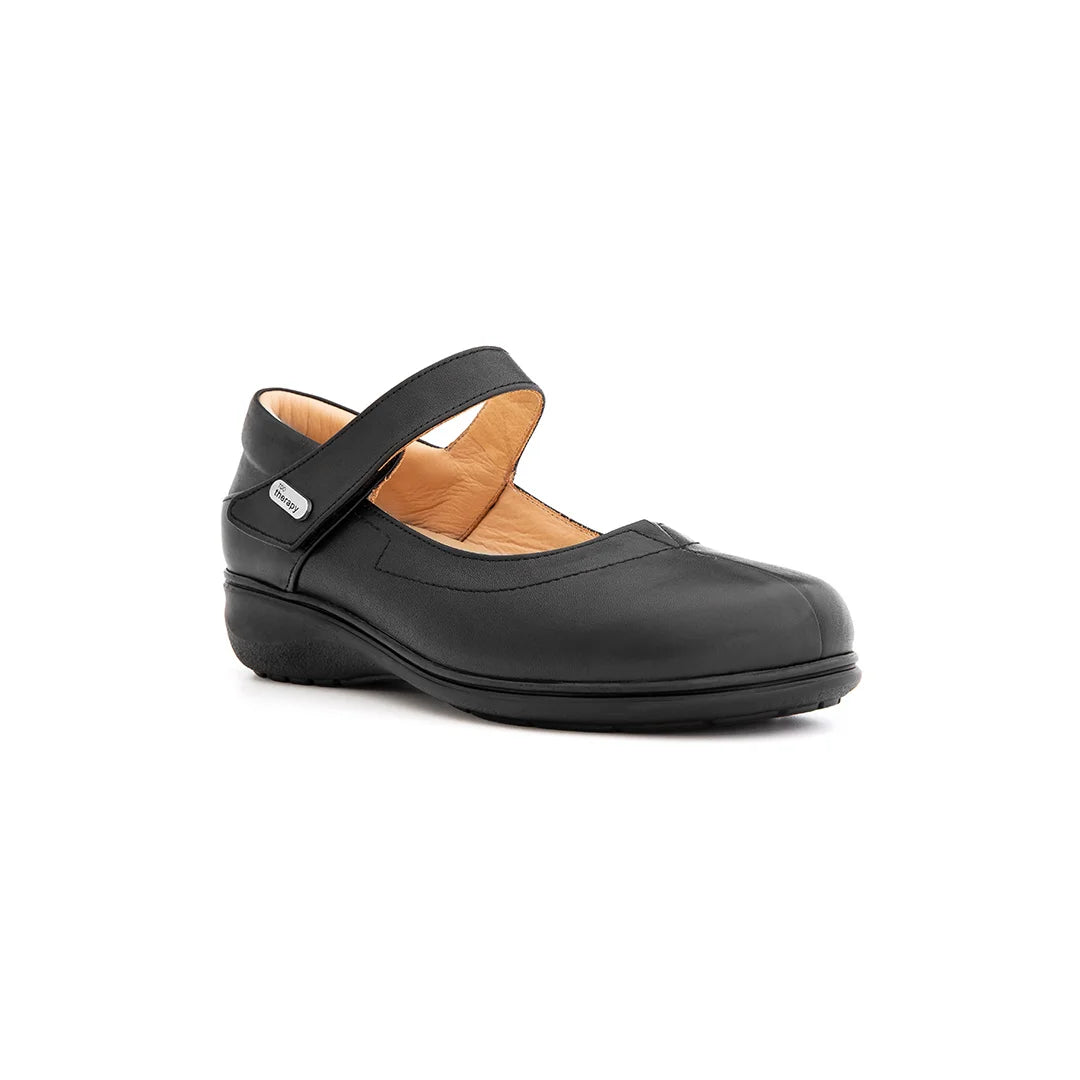Living with bunions can be a real pain, literally. These bony bumps on your big toe joint can make everyday activities uncomfortable, and if you don't look after them, they might even get worse. But don't worry, there's good news! A lot of the discomfort and even the progression of bunions can be managed by simply picking the right footwear. It's all about understanding what bunions are, what makes them tick, and then choosing the best shoes for bunions to keep your feet happy.
Key Takeaways
- Choose shoes with plenty of room, especially in the toe area, to avoid squashing your foot.
- Look for footwear that feels comfortable right away; you shouldn't need to "break in" shoes.
- Make sure your shoes offer good arch support to help distribute pressure evenly across your foot.
- Try to avoid high heels and narrow, pointed shoes as these can make bunions worse.
- Consider seeing a podiatrist if your bunions are causing a lot of pain or getting noticeably larger, even with proper footwear.
Understanding Bunions and Their Progression
What Exactly Are Bunions?
Right, let's get down to it. Bunions aren't some weird, exotic disease; they're actually pretty common. Basically, a bunion is that bony bump that pops up at the base of your big toe. Hallux valgus is the medical term, if you want to sound fancy. It's essentially a misalignment of the joint, where your big toe starts leaning towards the other toes. It can start small, but trust us, it can get pretty annoying over time. It's not just a cosmetic issue either; it can cause real pain and discomfort, making even simple things like walking a chore.
Factors Contributing to Bunion Development
So, what causes these pesky bunions? Well, it's usually a mix of things. Genetics definitely play a role – if your mum or dad had bunions, chances are you might be more prone to them too. But it's not all down to your genes. Your choice of footwear can also be a big factor. Squeezing your feet into tight, narrow shoes, especially high heels, can put a lot of pressure on your big toe joint, pushing it out of alignment.
Here's a quick rundown:
- Genetics: Family history increases your risk.
- Footwear: Tight or ill-fitting shoes exacerbate the problem.
- Foot structure: Some people are simply born with foot structures that make them more susceptible.
It's important to remember that bunion development is often gradual. It's not usually one single event that causes it, but rather a combination of factors over time.
Recognising Early Signs of Bunion Formation
Catching a bunion early can make a big difference in how you manage it. So, what should you be looking out for? Well, the first sign is often a slight bump on the side of your big toe. You might also notice some redness or swelling around the joint. Pay attention to any persistent pain or tenderness in that area. Sometimes, you might feel a burning sensation or even numbness in your big toe. If you start noticing any of these things, it's worth keeping a closer eye on your feet and thinking about making some changes to your footwear. Don't ignore those early warning signs – addressing them early can help slow down the progression of the bunion and keep you more comfortable in the long run.
The Crucial Role of Proper Footwear
We often underestimate how much our shoes impact our foot health. When it comes to bunions, the shoes we choose can either be our best friend or our worst enemy. It's not just about fashion; it's about function and preventing further problems. Let's explore why proper footwear is so important.
Prioritising Correct Shoe Size and Fit
It might sound obvious, but getting the right shoe size and fit is absolutely vital. We've all been there, squeezing into shoes that are a bit too small because they look great, but trust us, your feet will pay the price. Shoes that are too tight or too loose can put unnecessary pressure on your feet, especially around the big toe joint, which is where bunions form.
Here's a quick checklist when trying on shoes:
- Make sure there's about a thumb's width of space between your longest toe and the end of the shoe.
- Walk around the shop to check for any rubbing or pinching.
- Try shoes on at the end of the day, as your feet tend to swell.
The Importance of a Wide Toe Box
Think of your toes needing their own personal space! Shoes with a narrow, pointed toe box squish your toes together, which can make bunions worse. A wide toe box allows your toes to spread out naturally, reducing pressure on the bunion. It's like giving your feet a little holiday.
Wearing shoes with a wide toe box can significantly reduce the progression of bunions and alleviate pain. It's a simple change that can make a big difference.
Seeking Adequate Arch Support
Arch support is another key factor. Our arches help distribute weight evenly across our feet. Without proper support, more pressure is placed on the ball of the foot and the big toe joint, which can contribute to bunion development. Look for shoes with built-in arch support, or consider using orthotic inserts. It's like having a little hammock for your feet, providing comfort and stability all day long.
Here's a simple way to check for arch support:
- Place the shoe on a flat surface.
- Press down on the arch area.
- It should feel firm and supportive, not flimsy or collapsing.
Selecting the Best Shoes for Bunions
Finding the right footwear when you're dealing with bunions can feel like a mission, but it's totally achievable. It's all about knowing what to look for and what to avoid. We've been there, done that, and are here to share what we've learned.
Features of Bunion-Friendly Footwear
When we're on the hunt for shoes, there are a few key features we always keep in mind. A wide toe box is non-negotiable – you want your toes to have plenty of room to wiggle without feeling squished. Flexibility in the shoe's material is also a big plus, as it allows the shoe to move with your foot, reducing pressure on the bunion. Look for shoes with:
- A roomy toe box.
- Flexible uppers.
- Good adjustability (laces, straps).
Think of it this way: your shoes should feel like a gentle hug, not a tight squeeze. We always make sure there's enough space around the bunion area to prevent rubbing and irritation.
Why Instant Comfort is Key
Seriously, if a shoe doesn't feel good the moment you slip it on, ditch it. There's no point in suffering through a 'breaking-in' period. Shoes shouldn't need weeks to feel comfortable. We've learned the hard way that forcing our feet into uncomfortable shoes only makes bunions worse. Look for shoes that offer:
- Immediate cushioning.
- No pinching or rubbing.
- A supportive feel right out of the box.
Considering Shoe Materials and Flexibility
The material of your shoes can make a huge difference. Soft, breathable materials like leather or stretchy fabrics are generally better than stiff, synthetic ones. We've found that flexible soles also help to reduce stress on the foot. Consider these points:
- Opt for soft leather or flexible fabrics.
- Check for a flexible sole that bends easily.
- Avoid shoes with rigid, unyielding materials.
It's worth spending a bit more to get shoes made from quality materials – your feet will thank you for it!
Footwear to Avoid for Bunion Sufferers
It's not just about finding the right shoes; it's also about ditching the wrong ones. We need to be honest with ourselves – some of our favourite footwear might be making our bunions worse. Let's take a look at the styles we should be avoiding like the plague.
The Detrimental Effects of High Heels
High heels, as much as we might love them, are a bunion's worst enemy. They force your foot forward, cramming your toes into a tiny space and putting immense pressure on the big toe joint. This constant pressure can accelerate bunion progression and cause significant pain. It's a tough pill to swallow, but for the sake of our feet, we might need to relegate those heels to the back of the wardrobe. Think of it as an opportunity to explore the world of stylish flats!
Steering Clear of Narrow and Pointed Shoes
Shoes with narrow toe boxes or pointed toes are another major no-no. These styles squeeze your toes together, exacerbating the pressure on the bunion. Our toes need room to breathe and move freely.
Imagine spending all day with your toes squished together – it's not a pleasant thought, is it? Opting for shoes with a wider toe box can make a world of difference in terms of comfort and bunion management.
Avoiding Unsupportive Footwear
Finally, we need to be wary of shoes that offer little to no support. Think flimsy sandals, ballet flats, or anything that feels like you're walking directly on the ground. These shoes don't provide adequate arch support, which can lead to increased pressure on the ball of your foot and, consequently, your bunion. Look for shoes with built-in arch support or consider adding orthotic inserts to provide the necessary cushioning and stability.
Here's a quick checklist of what to avoid:
- High heels (especially those over 2 inches)
- Pointed-toe shoes
- Narrow shoes
- Shoes with no arch support
- Shoes that require a "breaking-in" period
Beyond Footwear: Complementary Bunion Care
Incorporating Foot Exercises and Stretches
We've found that just changing shoes isn't always enough. Think of it like this: you wouldn't expect to run a marathon just by buying new trainers, would you? Our feet need some training too! Simple exercises can make a big difference. For example, try picking up marbles with your toes – it sounds silly, but it strengthens those little muscles. Toe stretches are also great; just point your toes, then flex them back. Doing these regularly can really help improve foot flexibility and reduce pain.
The Benefits of Orthotics and Inserts
Orthotics and inserts can be a game-changer. They provide extra support and cushioning, which can alleviate pressure on the bunion. It's like giving your foot a little hug all day long. You can get over-the-counter options, but custom-made orthotics from a podiatrist are often the best bet, as they're tailored to your specific foot shape and needs. They can correct your foot's alignment, which in turn reduces the stress on the bunion. Think of them as personalised support systems for your feet!
Allowing Your Feet Adequate Rest
We often forget that our feet need a break! We're on them all day, every day, so it's no wonder they sometimes protest. Try to take your shoes off whenever you can, even if it's just for a few minutes. Put your feet up, wiggle your toes, and let them breathe. A warm foot soak can also work wonders, especially after a long day. It helps to reduce inflammation and soothe tired muscles.
Giving your feet regular rest is like hitting the reset button. It allows them to recover and repair, which is essential for managing bunions and preventing them from getting worse.
Proactive Steps for Bunion Management
Regularly Monitoring Foot Changes
It's easy to ignore our feet, but with bunions, vigilance is key. We need to make it a habit to check our feet regularly for any changes. This means looking for redness, swelling, or any increase in the size of the bunion itself. Early detection can make a big difference in managing the condition and preventing it from getting worse. We should also pay attention to any discomfort or pain we might be experiencing, even if it seems minor at first.
When to Consult a Podiatrist
Okay, so we've spotted something that doesn't look quite right. What next? Don't wait for the pain to become unbearable! If we notice any significant changes in our feet, or if the bunion starts causing persistent pain, it's time to see a podiatrist. They're the experts, and they can properly assess the situation and recommend the best course of action.
Think of it like this: a podiatrist is like a mechanic for your feet. You wouldn't wait until your car breaks down completely before taking it in for a service, would you? The same applies to our feet. Early intervention can save us a lot of pain and trouble down the line.
Long-Term Strategies for Foot Health
Managing bunions isn't just about dealing with the immediate symptoms; it's about adopting long-term strategies to keep our feet healthy. This includes:
- Wearing supportive shoes with a wide toe box as much as possible.
- Using orthotics or bunion pads to relieve pressure and improve alignment.
- Doing regular foot exercises and stretches to strengthen the muscles and improve flexibility.
- Avoiding activities that put excessive stress on our feet.
By incorporating these strategies into our daily lives, we can help slow the progression of bunions and maintain good foot health for years to come.
Wrapping Things Up
So, there you have it. Whether you're trying to stop bunions from showing up in the first place, or you're just trying to keep the ones you've got from getting worse, picking the right shoes is a really good starting point. Good shoes can help your feet stay active and keep them safe from all sorts of painful foot problems, bunions included. After that, a bit of rest, some simple exercises, and just paying attention to your feet can really help keep them in good shape. But if you're already noticing changes or feeling pain around your big toe joint, don't wait around. Go see a podiatrist to get things checked out and figure out a plan.
Frequently Asked Questions
What exactly is a bunion?
A bunion is a bony lump that forms at the base of your big toe, causing it to push against your other toes. It can be painful and make wearing shoes uncomfortable.
What causes bunions to form?
Bunions often develop due to a mix of things, including your family history, the type of shoes you wear (especially tight or high-heeled ones), and how you walk.
Can I get rid of a bunion once I have one?
While you can't make a bunion disappear once it's there, choosing the right footwear and taking good care of your feet can help stop it from getting worse and ease any discomfort.
What kind of shoes are best for bunions?
Look for shoes with a wide toe area, good arch support, and soft, flexible materials. They should feel comfy right away – no need to 'break them in'.
What types of shoes should I avoid if I have bunions?
High heels, especially pointy ones, put a lot of pressure on your toes and can make bunions worse. It's best to avoid shoes that squeeze your feet or don't offer much support.
Are there other ways to help with bunions besides changing my shoes?
Besides wearing suitable shoes, doing foot exercises, using special inserts (orthotics), and giving your feet enough rest can help manage bunion pain and keep your feet healthy.



